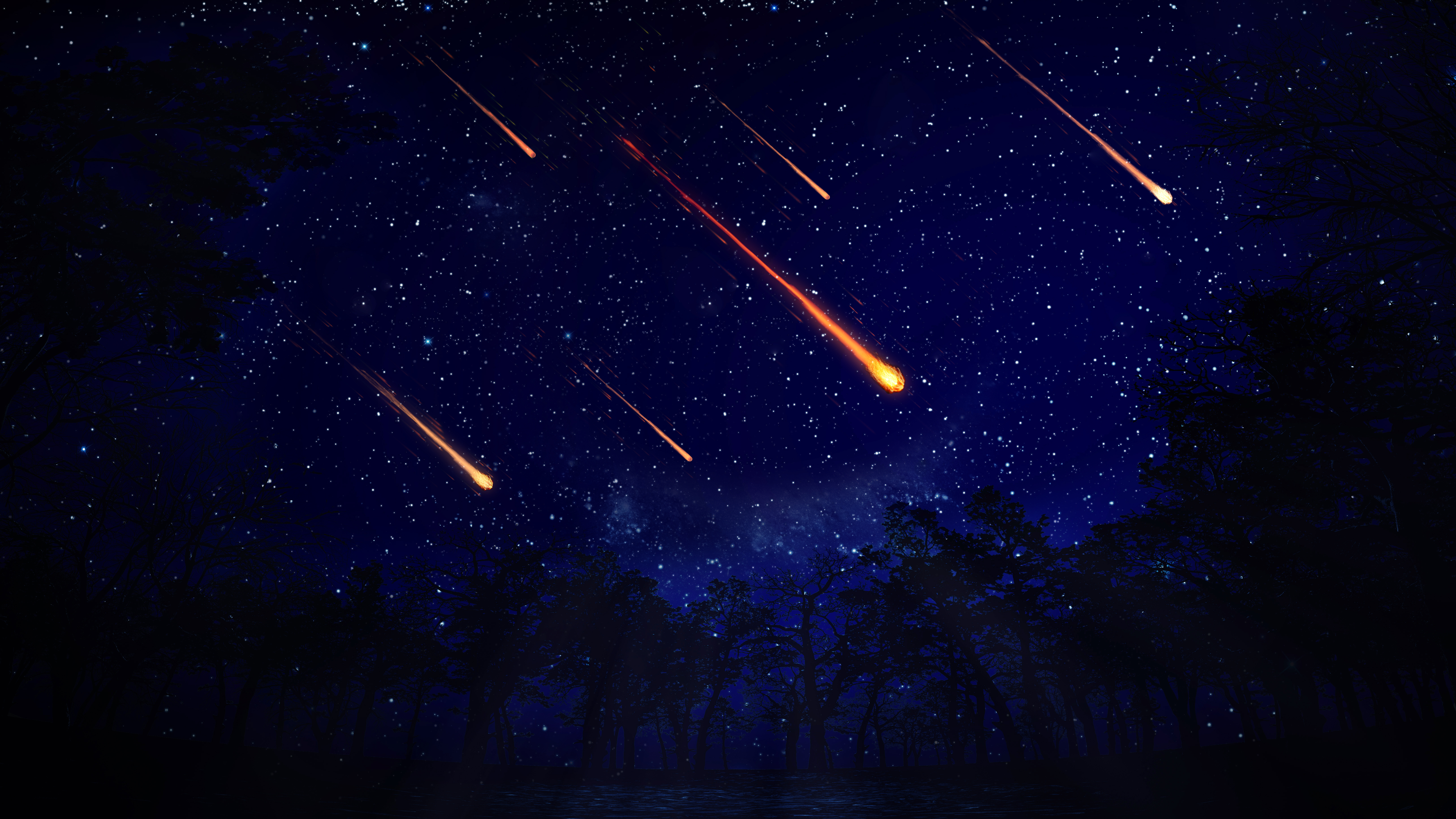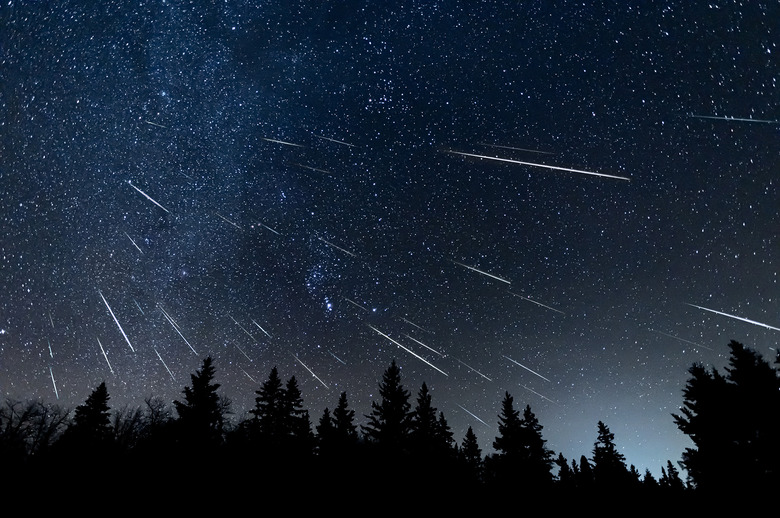How To Watch The 2024 Perseid Meteor Shower Starting This Month
One of the most impressive meteor showers of the year is set to kick off soon. If you're interested in seeing the 2024 Perseid meteor shower for yourself, then you'll be able to catch it from mid-July to the end of August. Here's what you need to know to see it best.
As I already noted, the Perseids are one of the best chances for skywatchers to see shooting stars each year. And 2024's shower is sure to shape up to an impressive array of fireballs flashing across the sky.
While the 2024 Perseid meteor shower will kick off in mid-July—you might even be able to see some bits of shooting stars out in the sky tonight—the shower won't properly peak until later in August, on the 12th and 13th. On those days, the amount of fireballs streaking through the sky will be at its highest, making it the easiest time to see the meteors as they fall.

The Perseids are an offshoot of debris from the comet Swift-Tuttle, which orbits the Sun once every 133 years. However, Earth passes through its debris trail once a year, giving us a beautiful display of fireballs and shooting stars. Like any meteor shower, the best time to see it is right around the peak.
However, you'll also want to keep in mind exactly how bright the moon is. This year, we'll be treated to a half moon around the time of the 2024 Perseids meteor shower's peak, which means you'll be able to see the shooting stars best during the second half of the night on August 12 and 13.
The Perseids typically generate between 50 to 100 meters per hour during the peak, and you can also see larger fireballs—depending on how big the pieces of debris are when we pass through the debris tail. The number of meteors you're able to see will also depend greatly upon light pollution in your area, so try traveling outside of any major cities that are well-lit if you want the best chance of seeing the Perseids this year.
If you head outside on July 30, you can also expect to catch a glimpse of two dueling meteor showers later this month.
